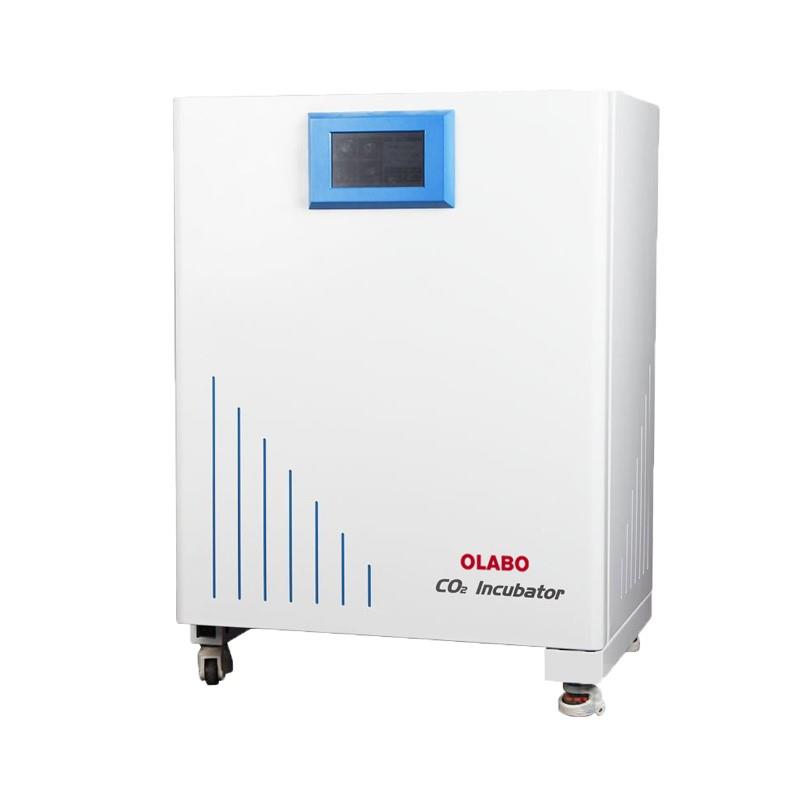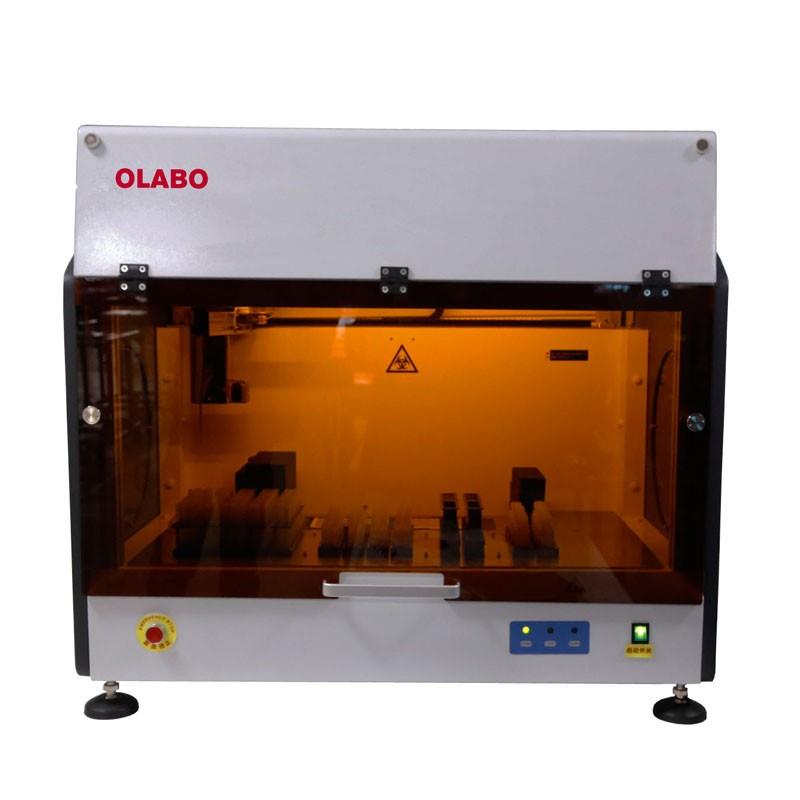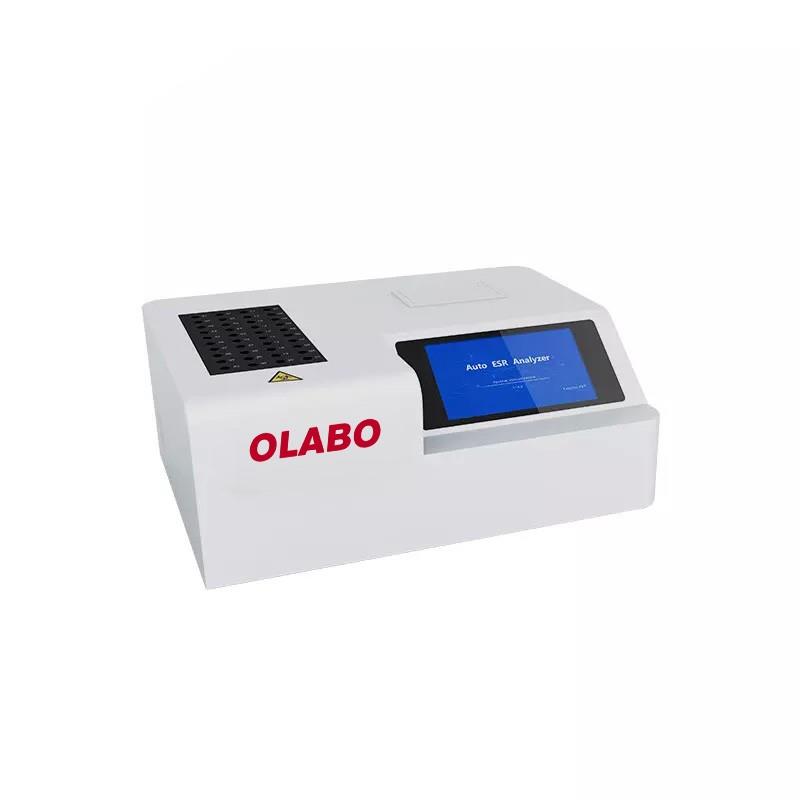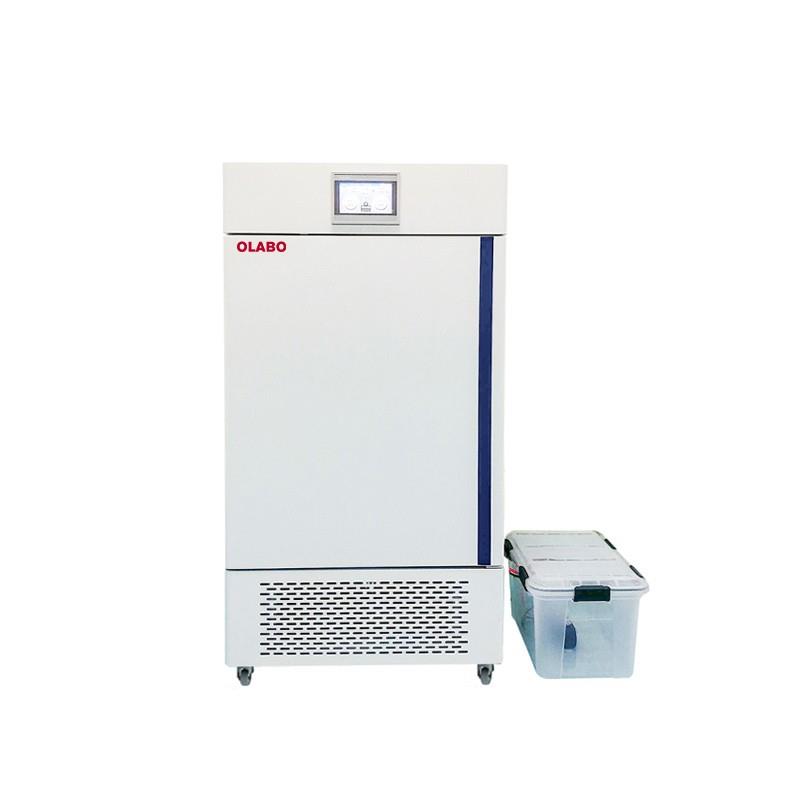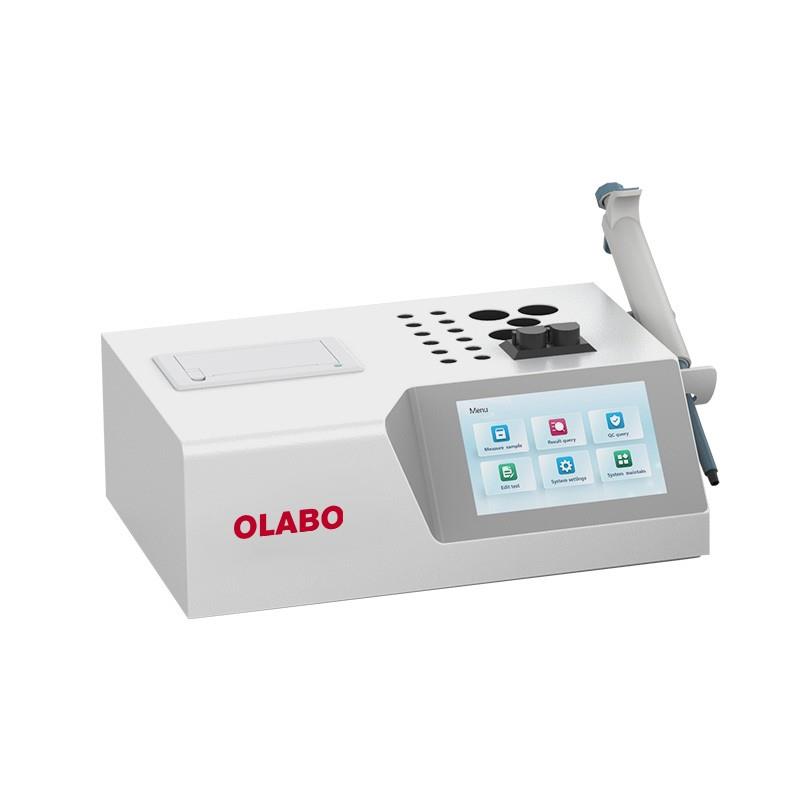Centrifuge
Pictures

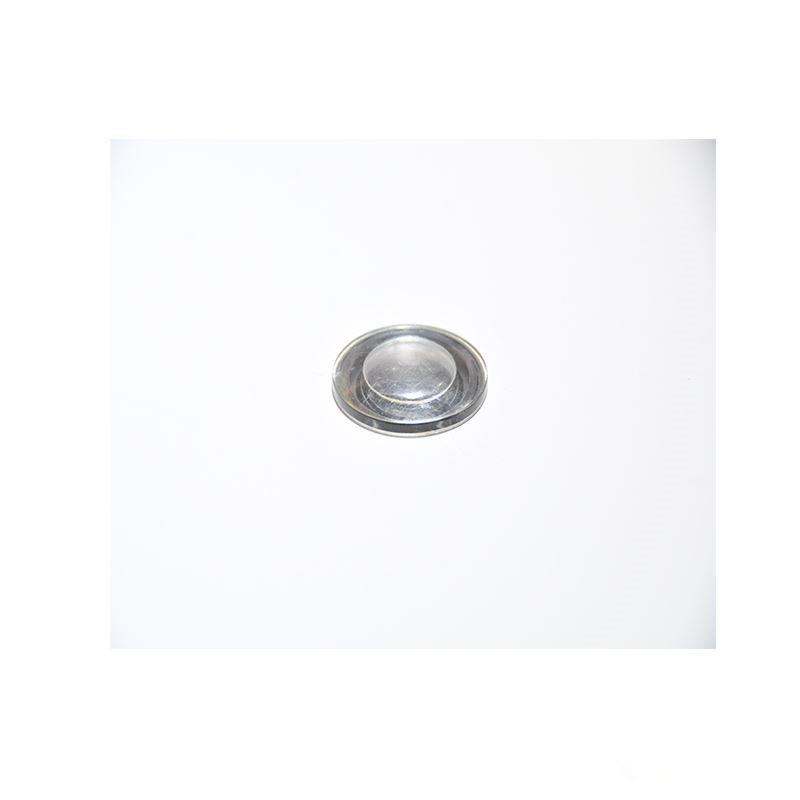
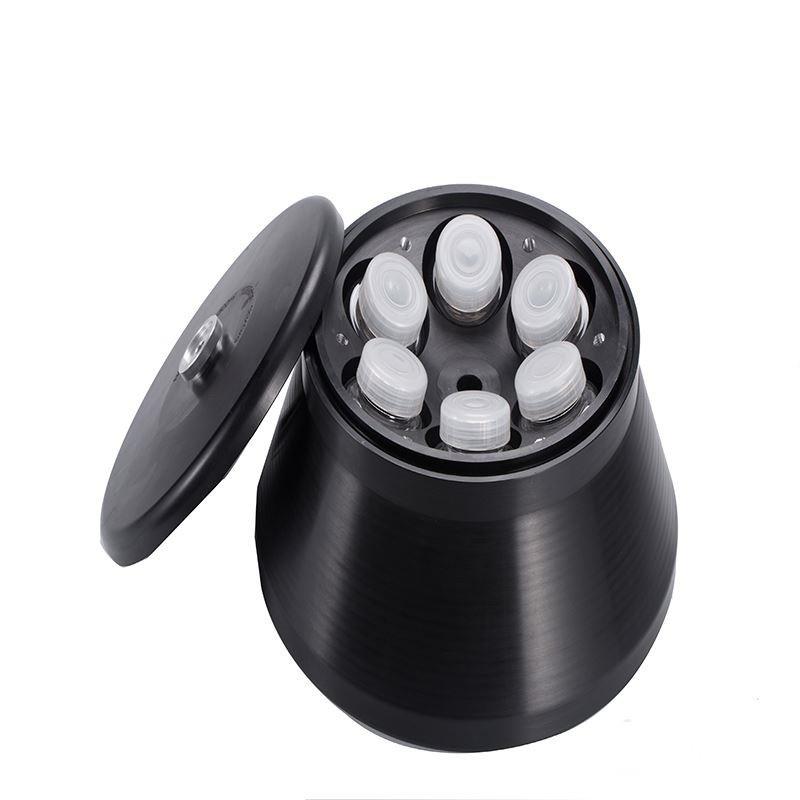
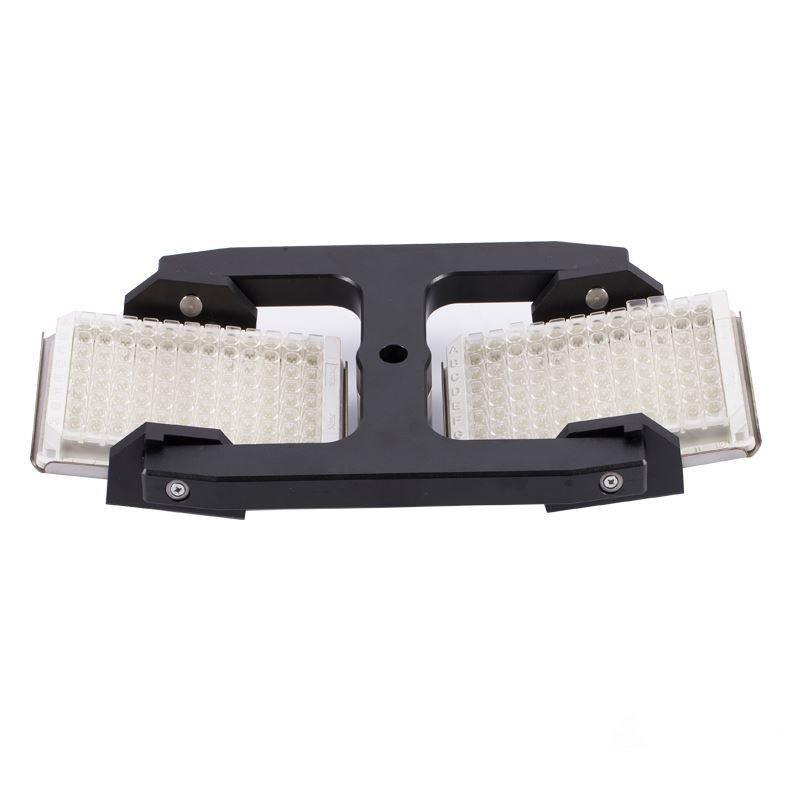
principle
When the suspension containing fine particles stands still, the suspended particles gradually sink due to the action of the gravity field. The heavier the particle, the faster it sinks, otherwise the particle with a density lower than that of the liquid will float up. The speed of particles moving in the gravity field is related to the size, shape and density of the particles, and also related to the strength of the gravity field and the viscosity of the liquid. Particles the size of red blood cells, with a diameter of several microns, can be observed under normal gravity.
In addition, when the substance settles in the medium, there is also a diffusion phenomenon. Diffusion is unconditional and absolute. Diffusion is inversely proportional to the mass of the substance, the smaller the particle, the more serious the diffusion. The settlement is relative, conditional, and can only be moved by external forces. The settlement is proportional to the weight of the object, the larger the particle, the faster the settlement. For particles smaller than a few microns, such as viruses or proteins, they form a colloidal or semi-colloid state in the solution, and it is impossible to observe the sedimentation process only by gravity. Because the smaller the particles, the slower the sedimentation, and the more serious the diffusion phenomenon. Therefore, it is necessary to use a centrifuge to generate a strong centrifugal force to force these particles to overcome diffusion and produce a settling motion.
Centrifugation is the use of the strong centrifugal force generated by the high-speed rotation of the centrifuge rotor to accelerate the sedimentation speed of particles in the liquid, and separate substances with different sedimentation coefficients and buoyancy densities in the sample.
Conversion between centrifugal force (g) and speed (rpm)
The conversion formula between centrifugal force G and rotational speed RPM is as follows:
G=1.11×10^(-5)×R×(rpm)^2
Among them, G is the centrifugal force, generally expressed in multiples of g (gravitational acceleration).
10^(-5) is the negative fifth power of 10, (rpm)^2 the square of the speed, R is the radius, and the unit is cm.
For example, if the centrifugal radius is 10 cm and the rotation speed is 8000 RPM, the centrifugal force is:
G=1.11*10(-5)*10*(8000)2=7104
That is, the centrifugal force is 7104g.
When the centrifugal force is 8000g, the speed should be 8489, which is about 8500rpm.


